Description
ABSTRACT
Intra-Group Loan Under the 2020 OECD Guidelines: When the Arm’s Length Defies Accuracy in Measurement, We May Look for a Formula
Christopher Chilee Okafor*
The worry about intra-group loan transactions is its amenability to abuse by the transfer of the cost of fund to high tax jurisdiction and the consequent transfer of earnings from interests to low or nil tax jurisdiction. The abuse distorts economic realities and the arm’s length approach to transfer pricing is seemingly unable to fit in transactions on intangible mobile assets. Money is fungible and equally mobile, which raises the thought that the arm’s length principle may be an ineffective approach to appropriately regulating transfer prices on financial transactions. Yes, the Organization for Economic Cooperation and Development (OECD) has produced a new Guidance in 2020 to regulate financial transactions. Still, we need to query if the guidance is a veritable answer to the mobility and fungibility of financial assets. It seems that the tax world will be looking for an alternative. The proposed alternative is the formulary apportionment. Intragroup loan deserves a second look and a comparative analysis on the levers of arm’s length principle and formulary apportionment–an excursion from what is, arm’s length principle to what we think should be, formulary apportionment.
Keywords: Intra-Group Loan, Transfer Pricing, Arm’s Length Principle, OECD.
INTRODUCTION
Any discourse on transfer pricing, arm’s length standard and formulary apportionment must in a great measure feature an understanding of the existence and the activities of multinational enterprises (MNEs) in their transnational transactions and tax liabilities. Admittedly, domestic or intra-national tax issues may involve some elements of transfer pricing or arm’s length or formulary apportionment. This is possible because there exist corporations within a nation but with inter-provincial or inter-state presence. But, for international taxation, the MNEs are the focal point of any study on transfer pricing and its related concept of arm’s length standard or the formulary apportionment.
MNEs are firms that hold assets, have a commercial presence and employ persons in more than one country but with a headquarter in one of the countries.1 Shorn of professional register, an MNE is a corporation that springs up in a particular jurisdiction where its operational machinery is situated and grows to have assets, presence, and employees in many jurisdictions.
* LL.B, LL.M in Tax Law (Osgoode Hall Law School, Toronto, Canada). Managing Partner, Fairgate Solicitors, Legal practitioners and Tax Advisory Port harcourt, Nigeria. Excerpts of this work have been submitted for course evaluation in Osgoode Hall Law School Toronto in International Taxation
- Ruth Aguilera, ‘Technical Note: Globalization, Globaloney, Semi-Globalization and the Multinational Enterprise (2014) accessed 27 February 2021.

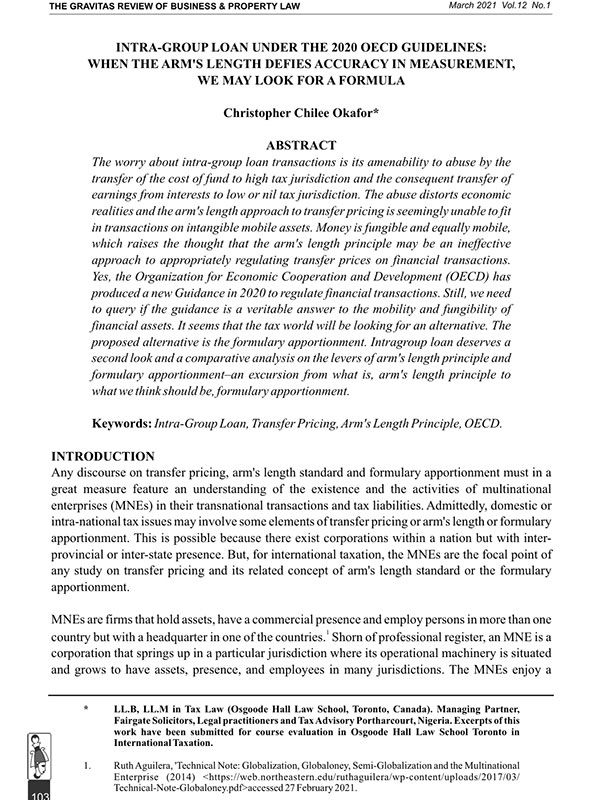
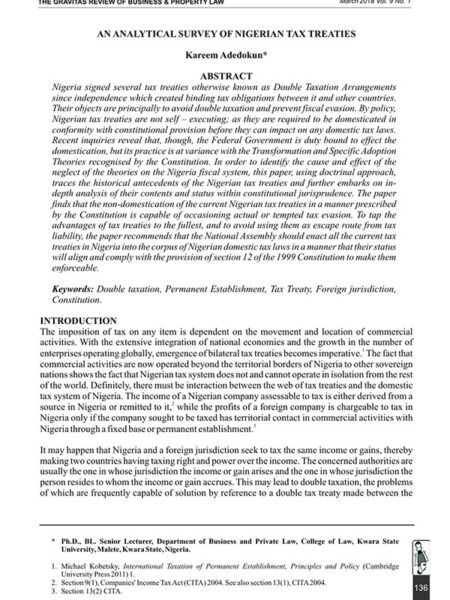
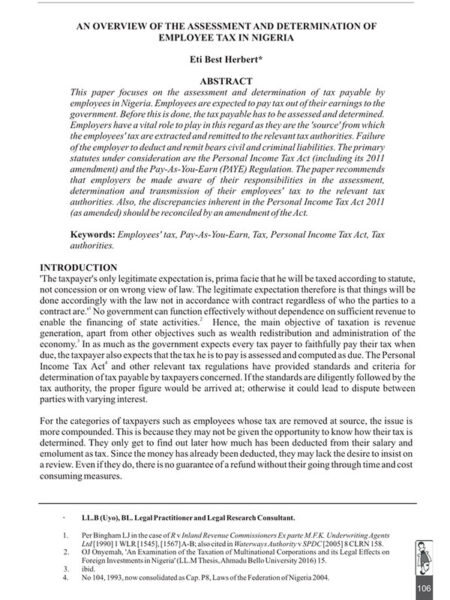
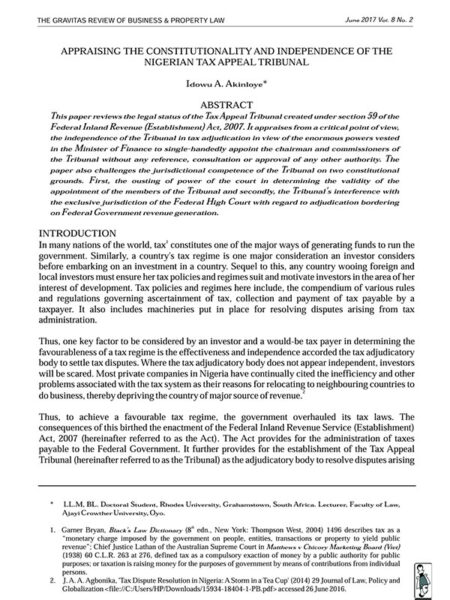
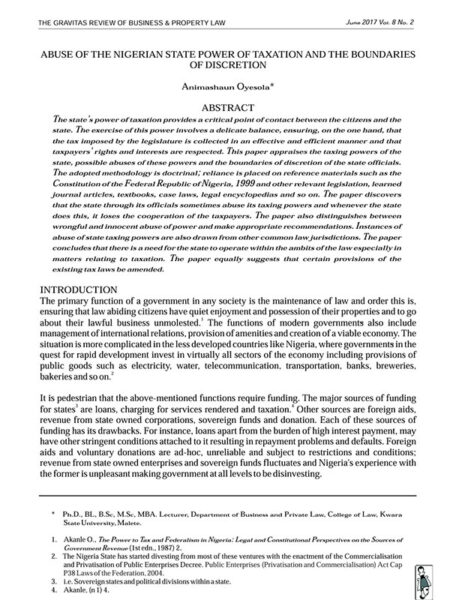
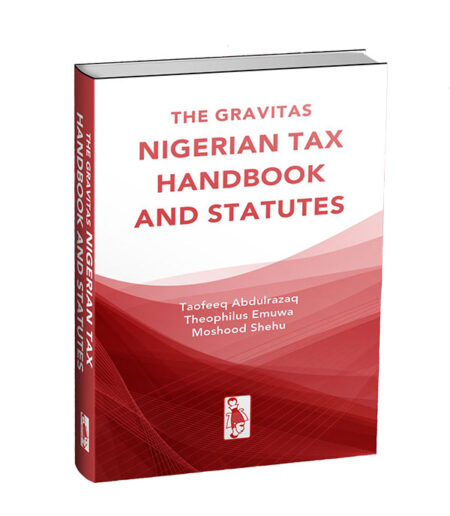
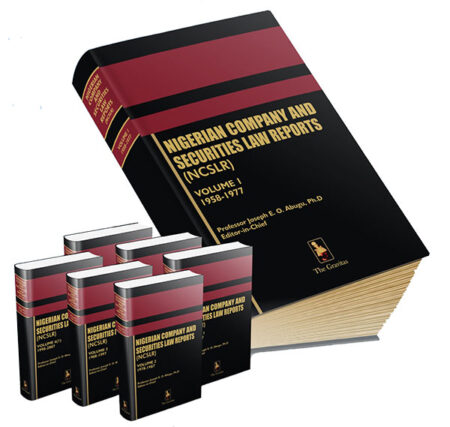
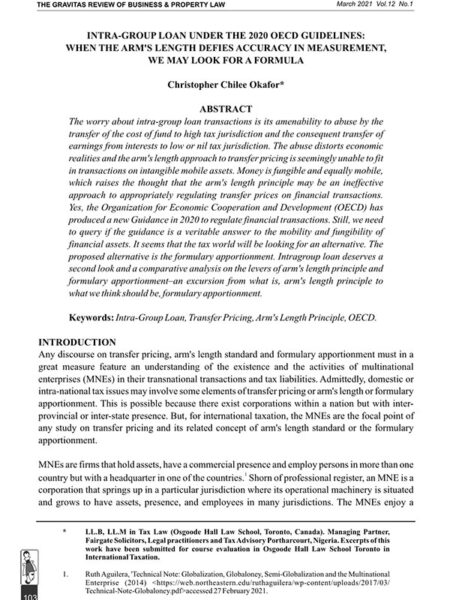
Reviews
There are no reviews yet.